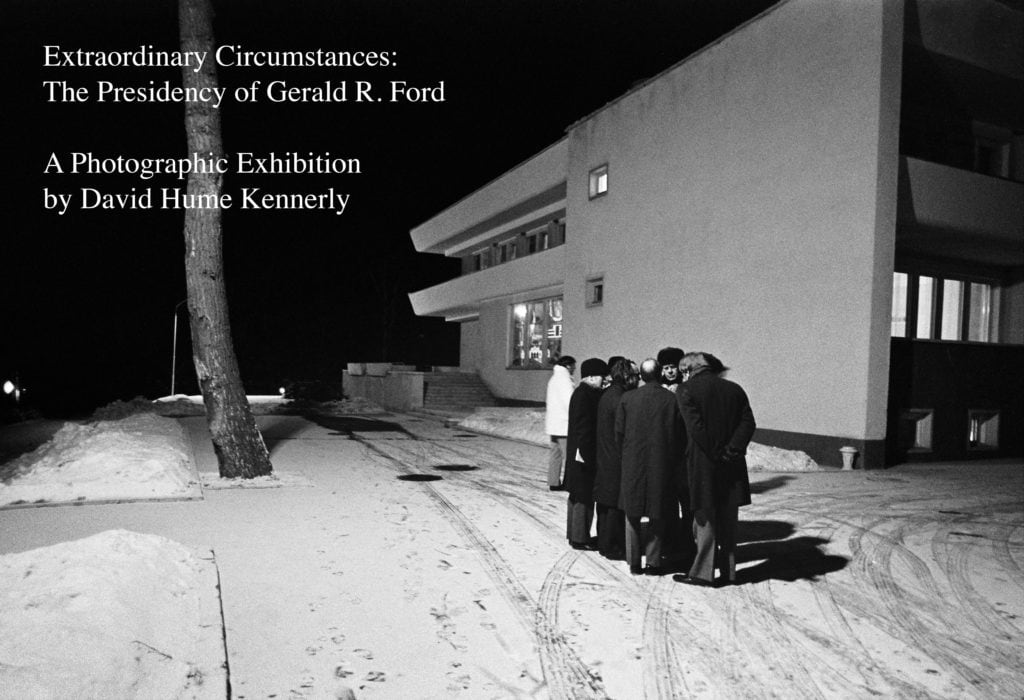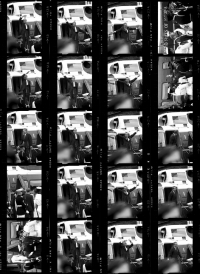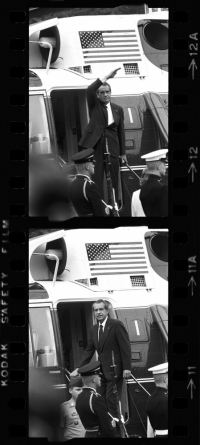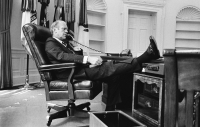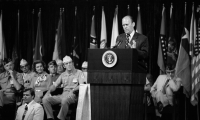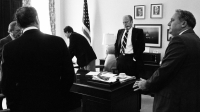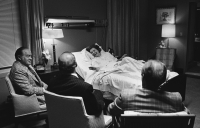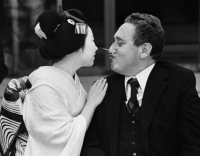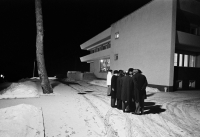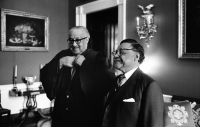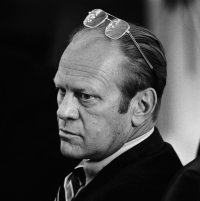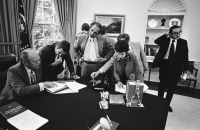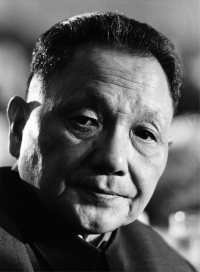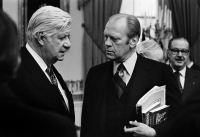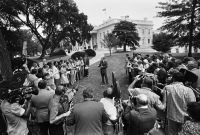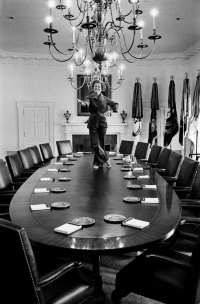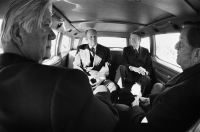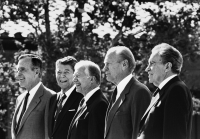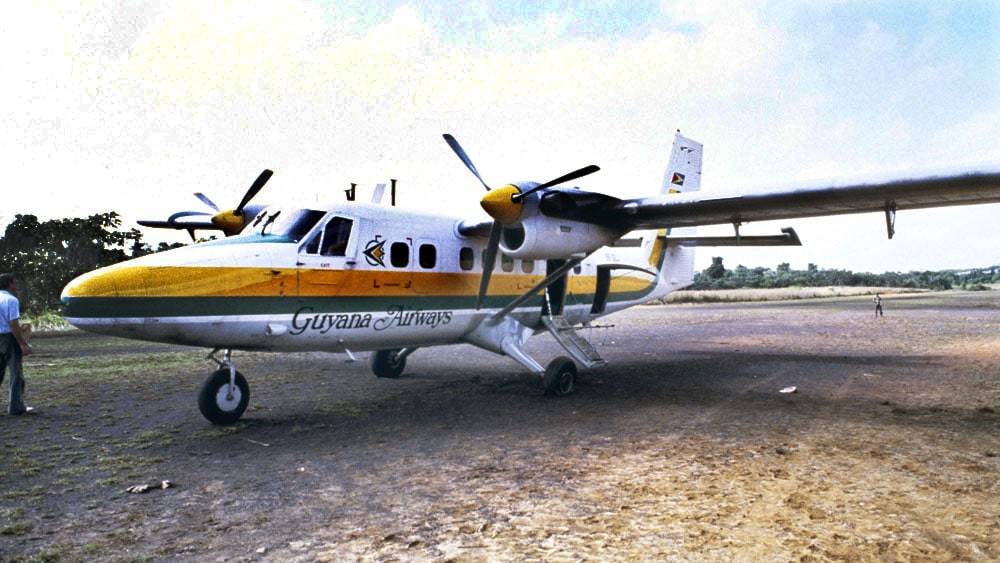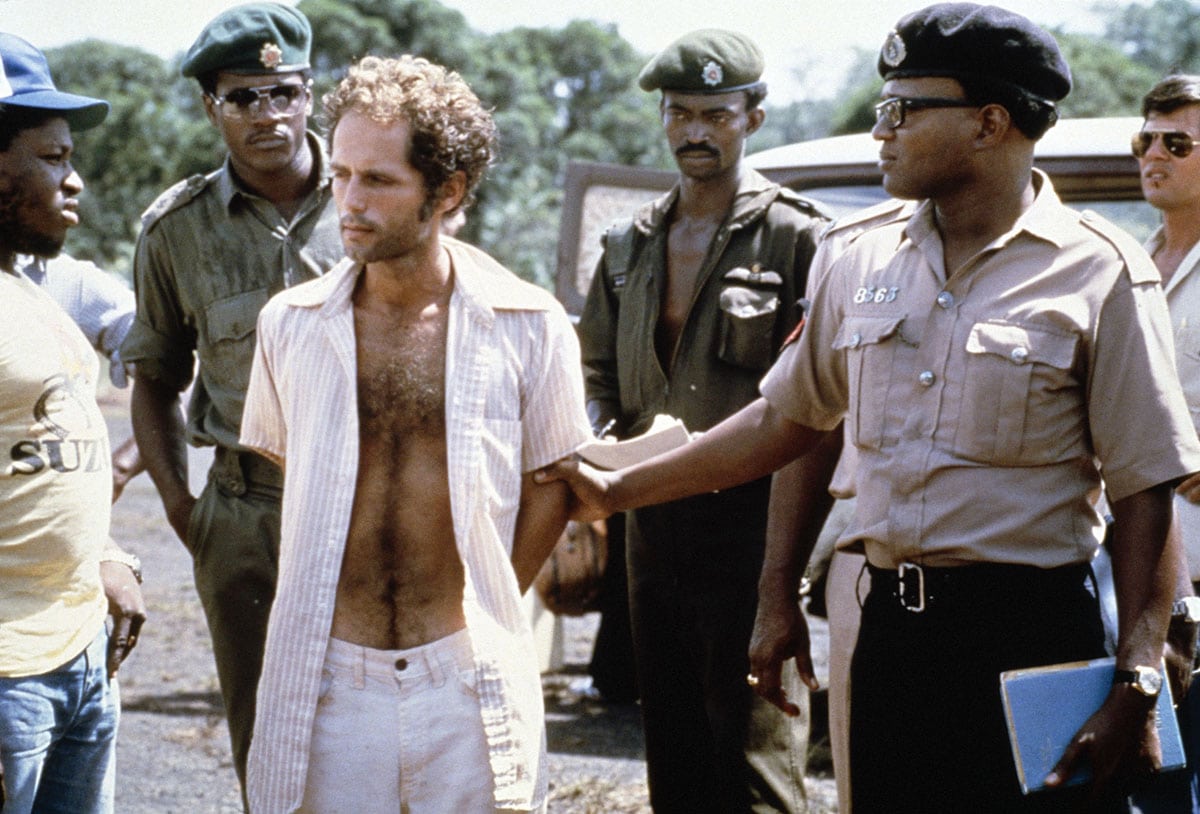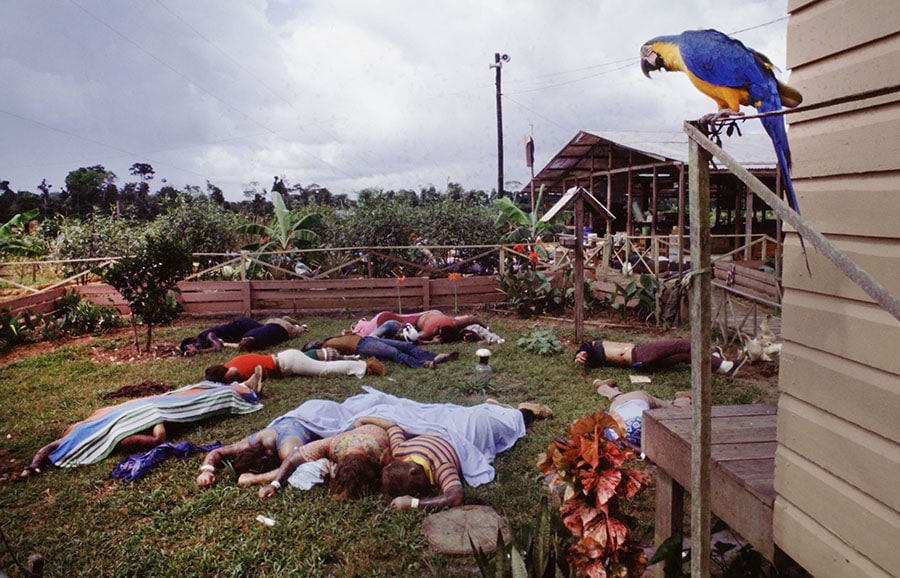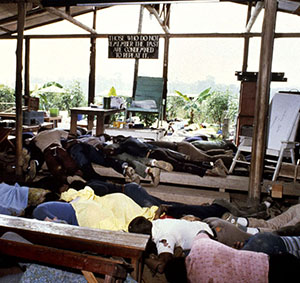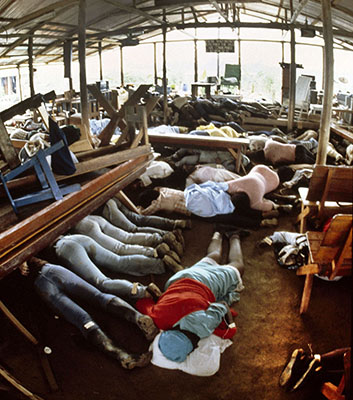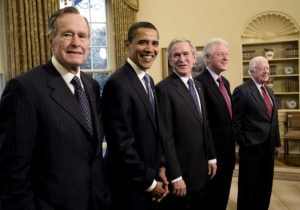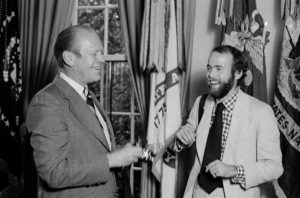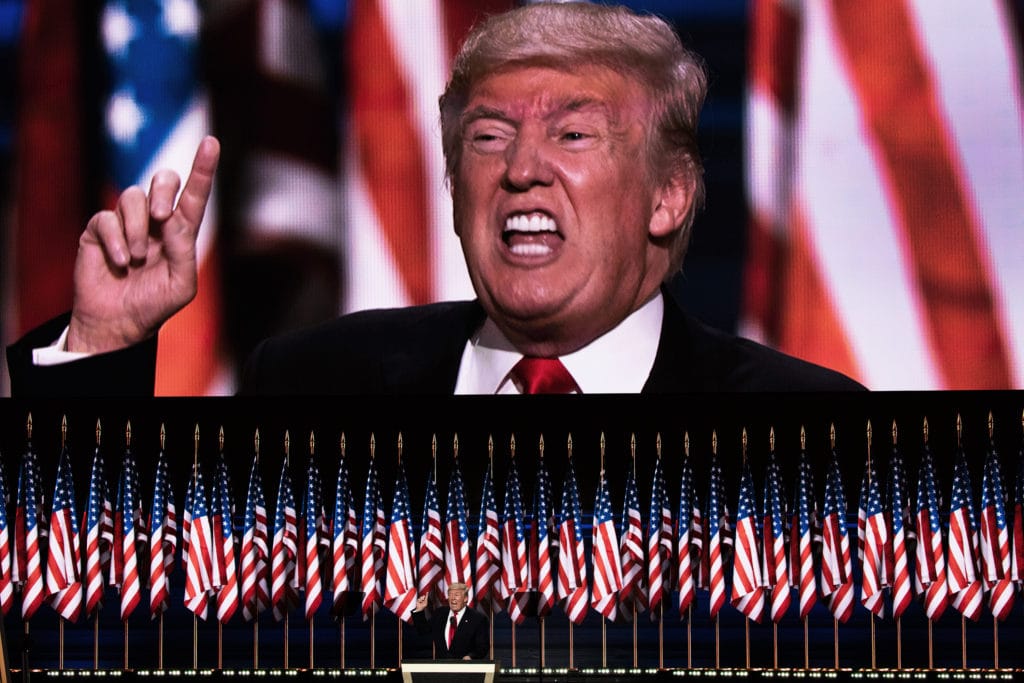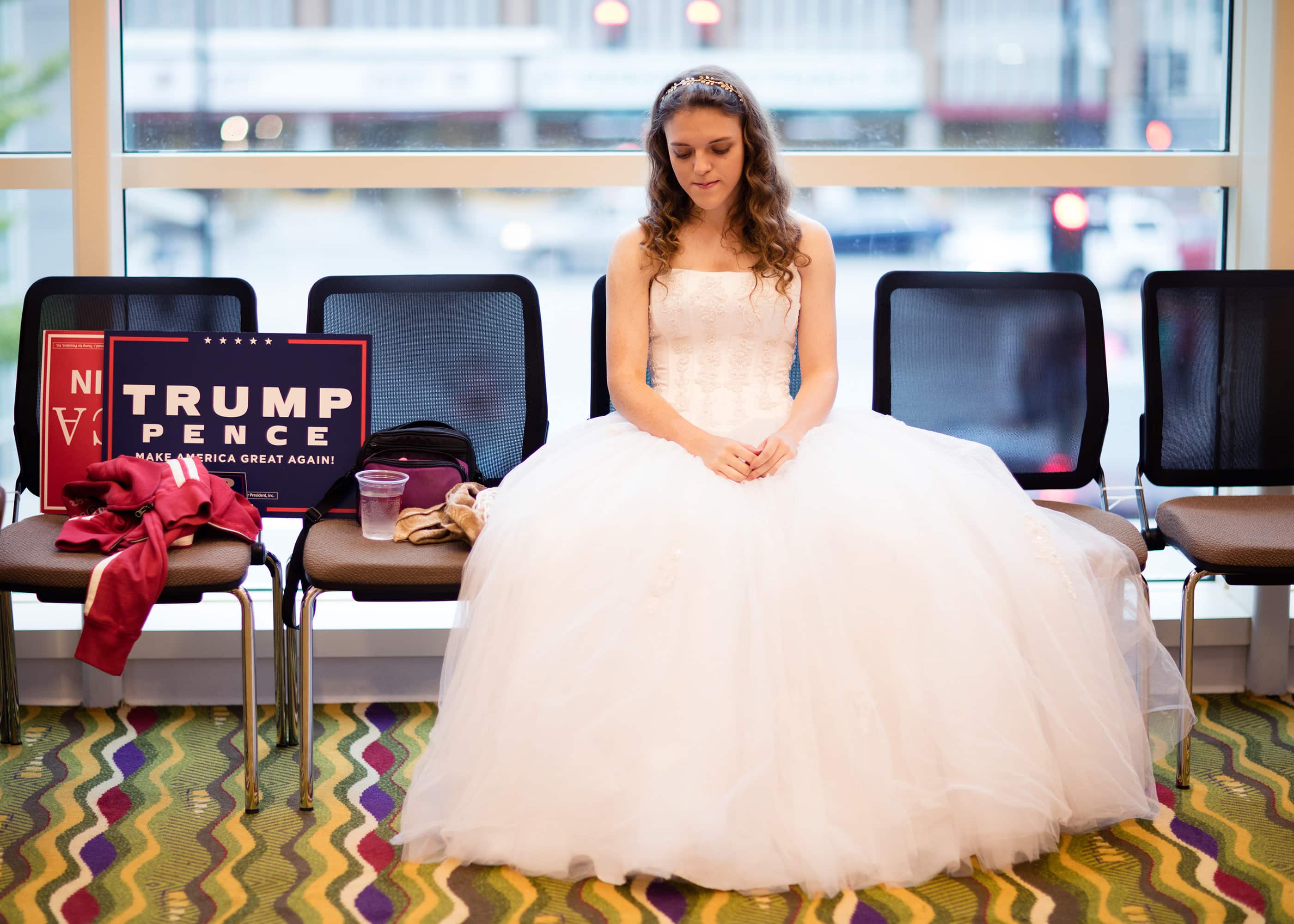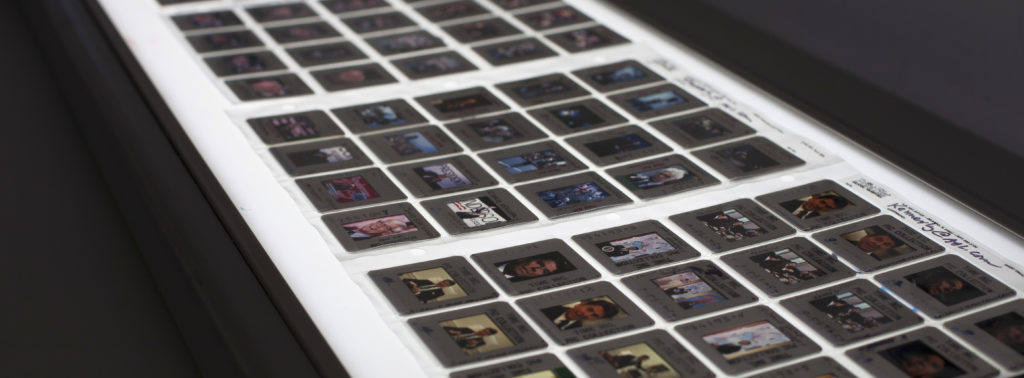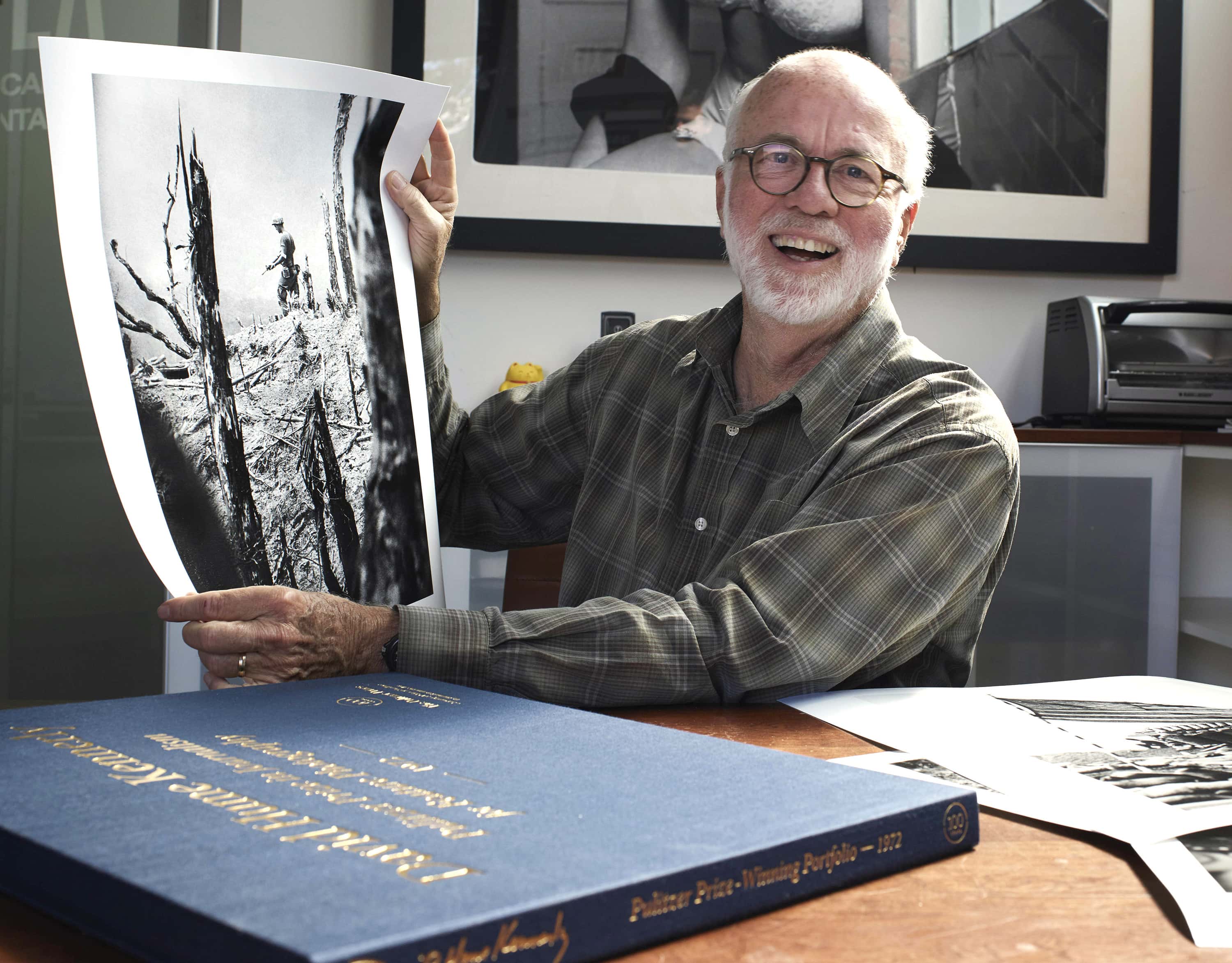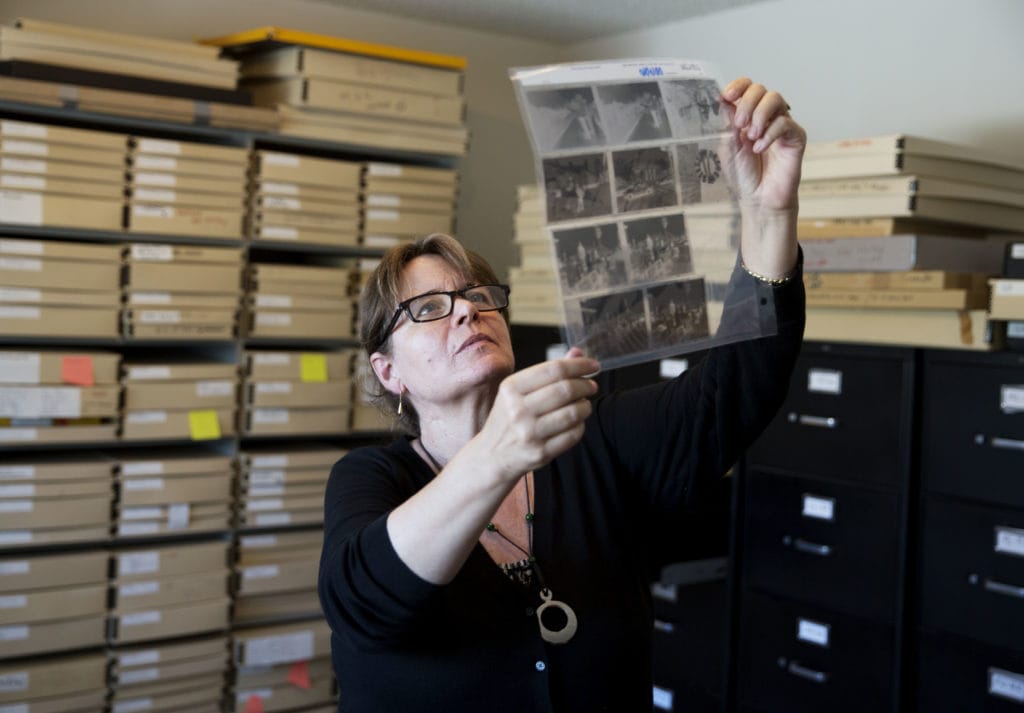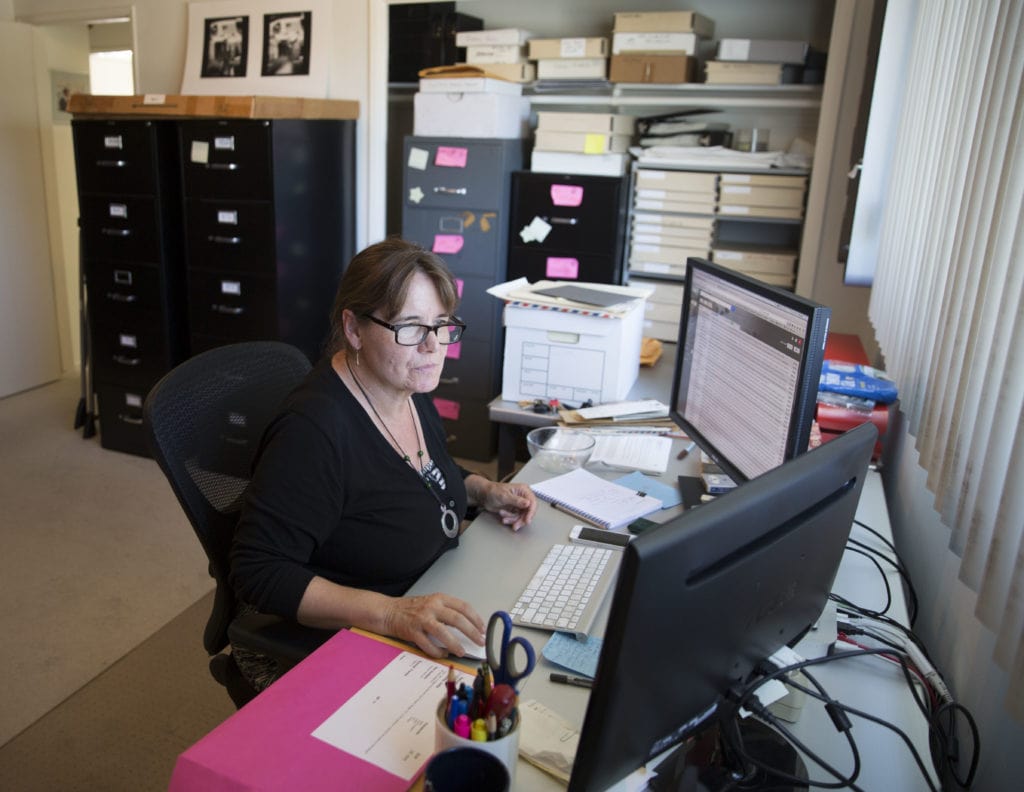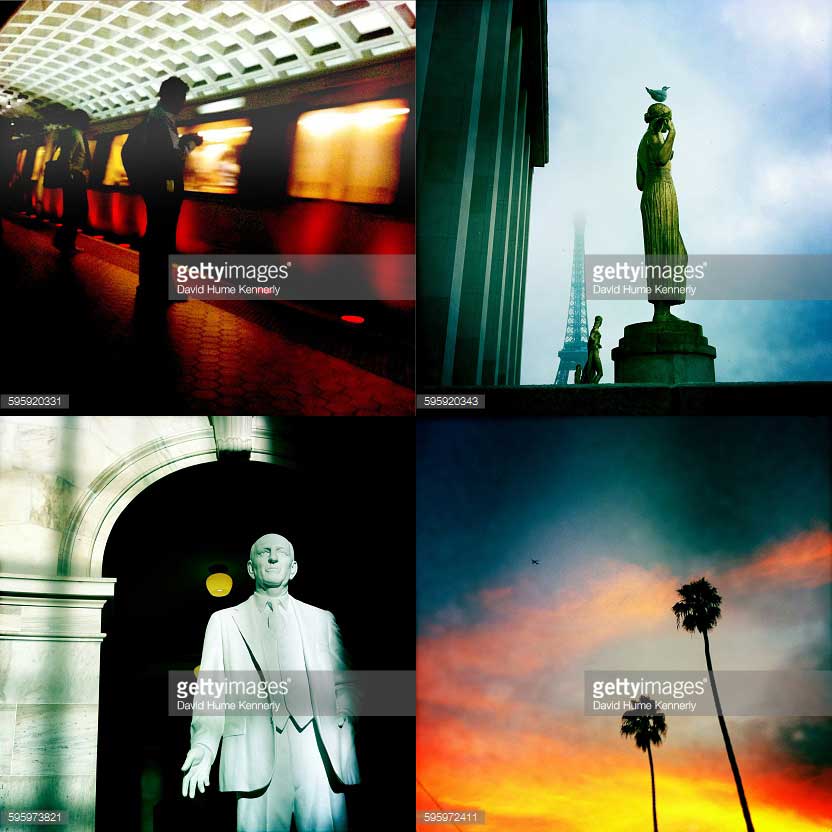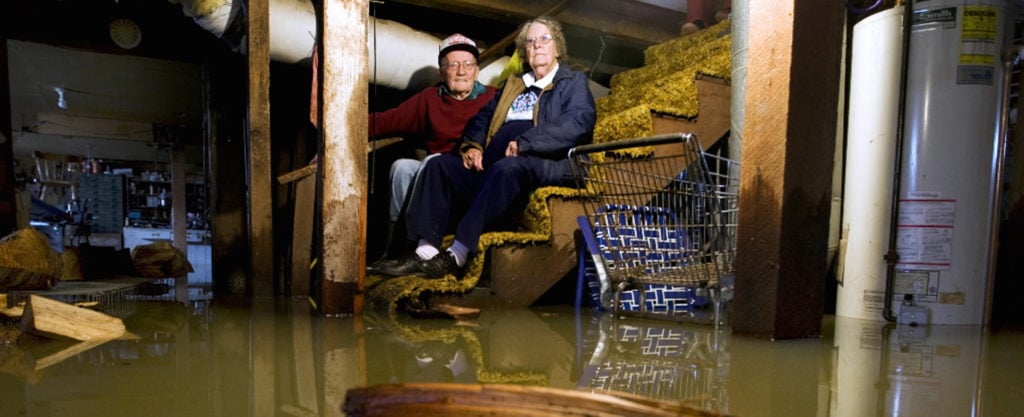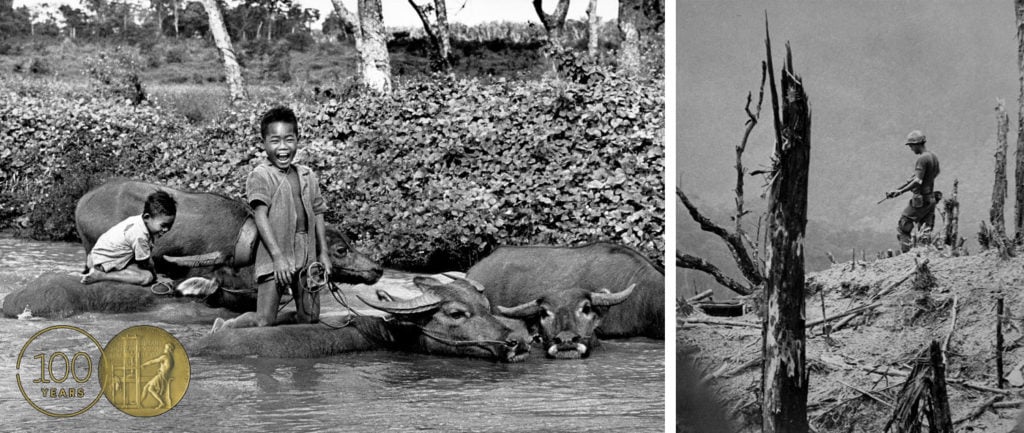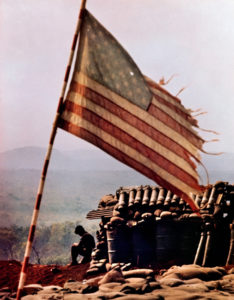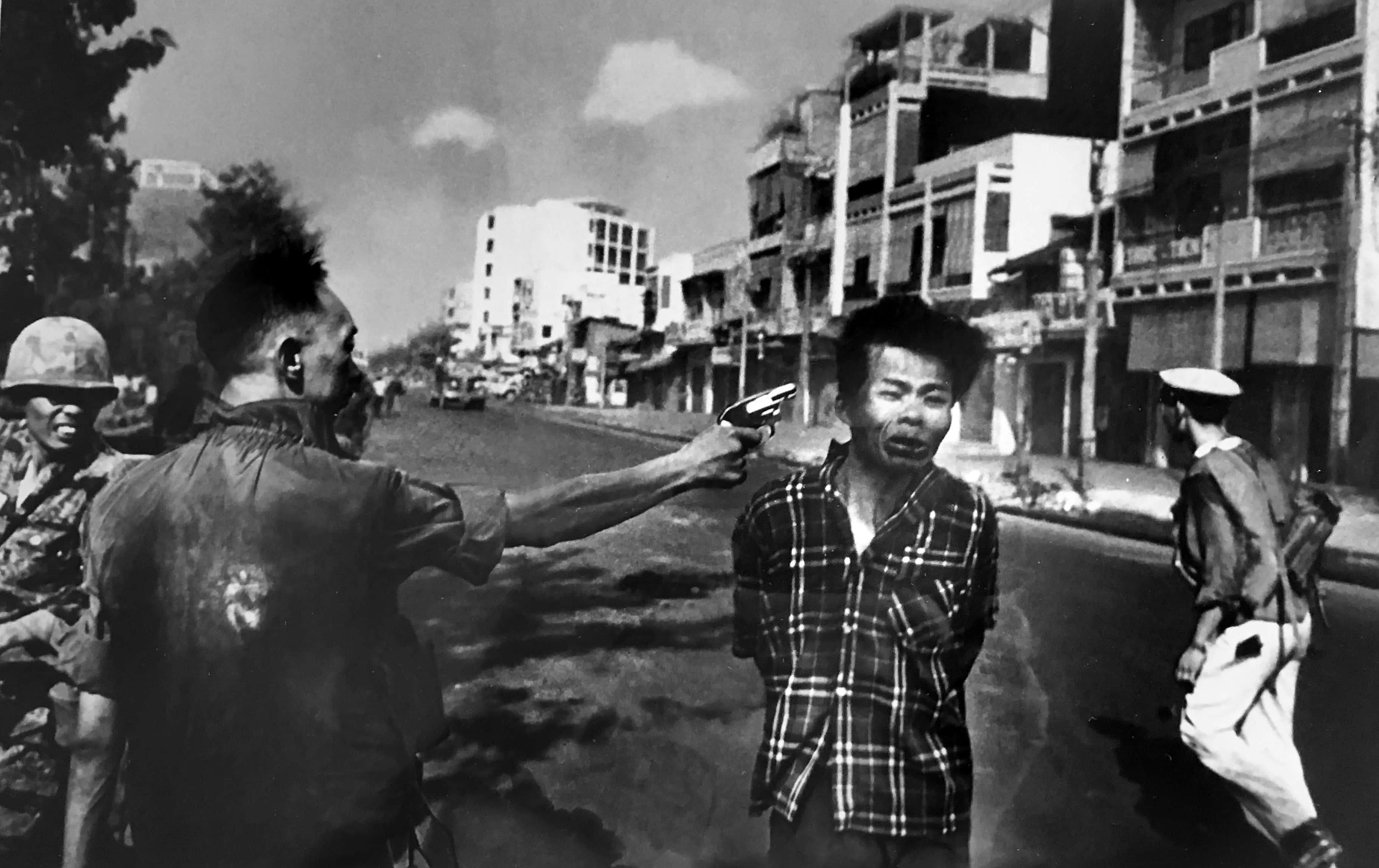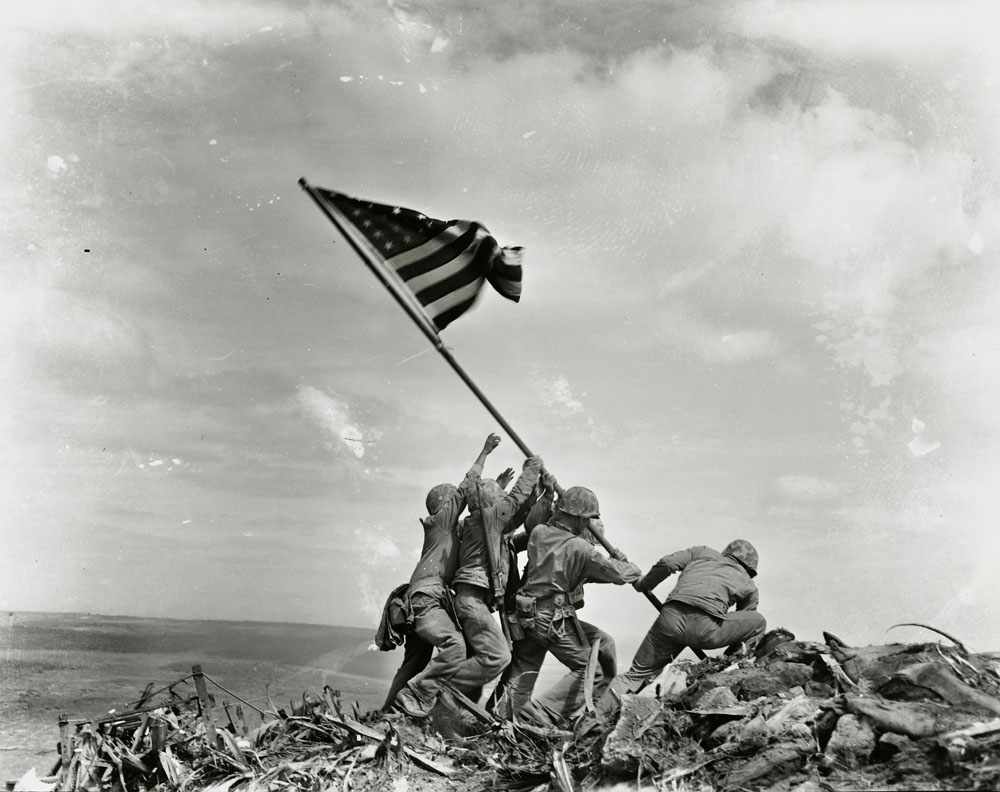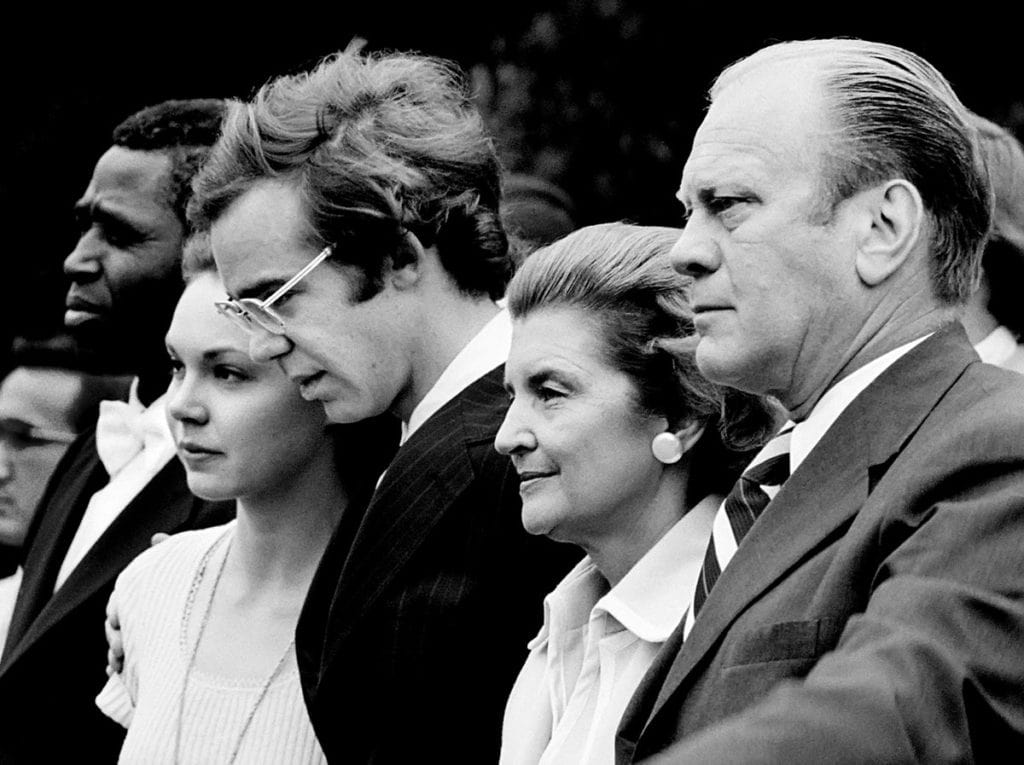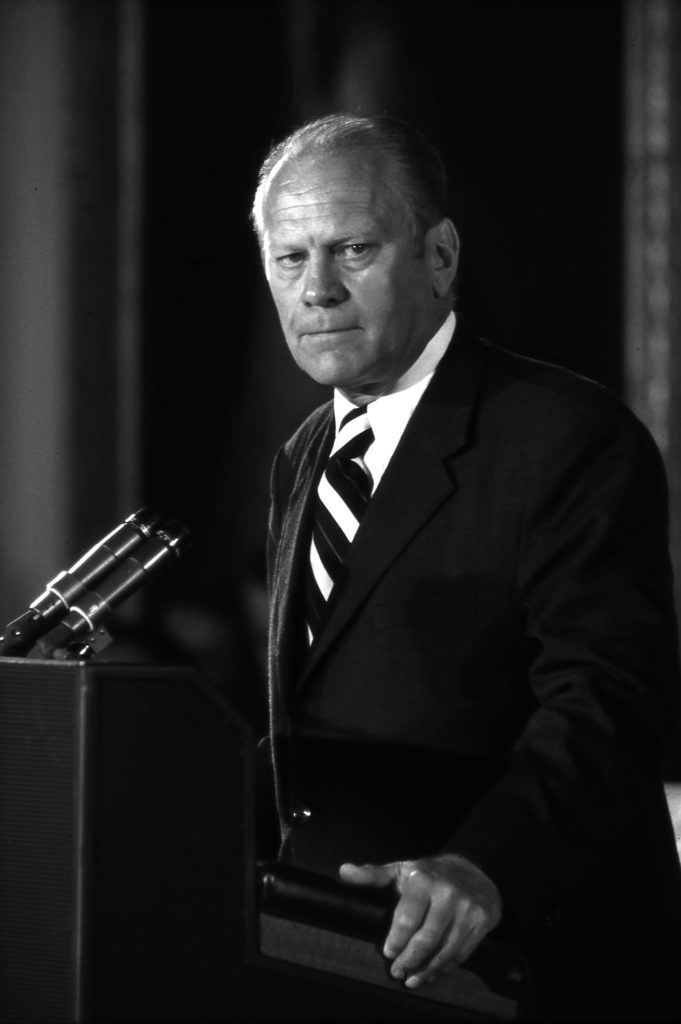On March 26, 2019 an exhibition of my photos will open at the Gerald R. Ford Presidential Museum in Grand Rapids, Michigan. It is the first-ever show of my time as President Ford’s chief White House photographer and is a vivid comparison between then and how things are now. If you are old enough to remember that period, you know it was a dark time in America’s history.
On August 9th, 1974, Richard Nixon had just resigned in disgrace, the first and only president to do so. Along with the political crisis caused by Watergate, the economy was in recession, unemployment was through the roof, and the United States was still fighting a war in Vietnam. But there was a light at the end of that harrowing tunnel. His name was Gerald R. Ford. As Mr. Ford stepped forward under dire and extraordinary circumstances to accept the mantle of the Presidency, he told Americans hungry for straightforward and honest leadership, “our long national nightmare is over.”
That same night President Ford offered me the opportunity to be his chief presidential photographer, in effect tossing me the keys to the kingdom. He and Mrs. Ford allowed me unfettered upstairs, downstairs access to him, his family, and the inner workings of the White House. A new and transparent era was about to begin in American politics, and I had a front-row seat to document it for history.
I photographed every major event during Mr. Ford’s time in office. But the most important image that emerged from those thousands of photos was a close-up portrait of President Ford’s humanity. I saw a man who cared about people for who they were, not for what they appeared to be. I saw a President who was truthful, intelligent, forthright, and courageous, who was concerned about the welfare of the country, a person who was always loyal to his friends and those who worked for him. I saw a true leader and a great man.
All of those qualities were evident at one of the most personal, dramatic, and sad moments of Ford’s Presidency. Moments after President Ford publicly conceded the 1976 election to Jimmy Carter, his close personal aide Terry O’Donnell and I entered the oval office. We were the only ones in there. He put his arm around Terry, thanked him for his service, and asked if there was anything he could do for him. I had tears in my eyes as I photographed that moment. Here was a someone who just lost the biggest prize on earth but was unselfishly thinking about how to help another person. That’s just the way he was. That’s why I loved the guy.
Note: I personally selected all the photographs that will appear in the exhibition. Some have never been seen, and each in its own way reveals the man who worked so hard to heal our nation.
